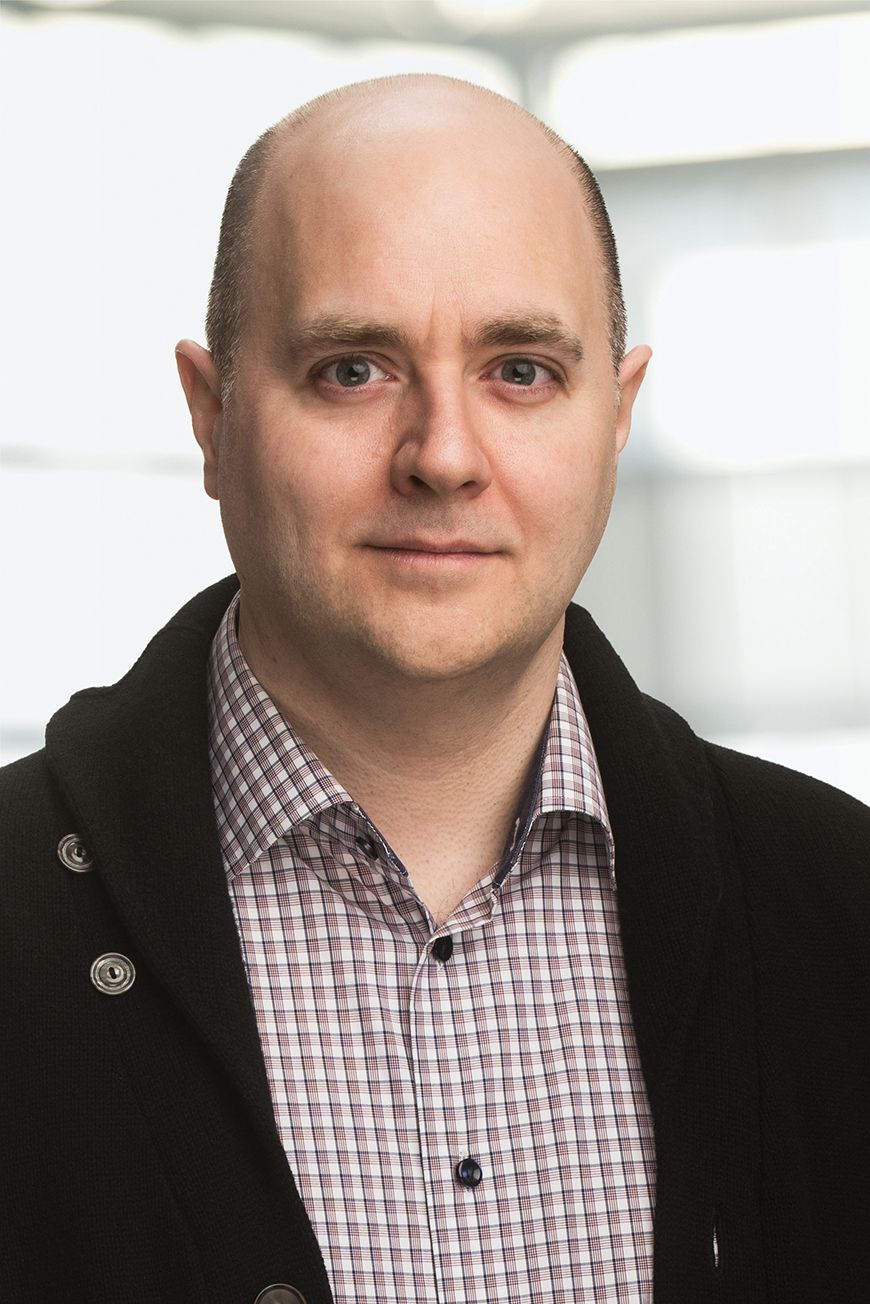
Associate professor Darren Grant.
On Friday, Grant will be inducted into the Royal Society's College of New Scholar, Artists and Scientists. This honour follows the news earlier this year that he is the recipient of an NSERC Steacie Fellowship. Previously, Grant was named Canada Research Chair in Astroparticle Physics.
On Wednesday, as the new spokesperson for the IceCube neutrino research collaboration, Grant announced the group's most recent significant finding: that not all neutrinos pass freely through matter as previously assumed; some are absorbed by the Earth.
"It is incredibly exciting to see the first measurement and the potential it holds for future precision tests of the high-energy neutrinos' behaviour," said Grant.
Grant joined the IceCube collaboration in 2007 as a research associate at Pennsylvania State University. He brought the IceCube research program to Canada in January 2010, when he took up a faculty appointment at the University of Alberta. This spring, he became the collaboration's sixth spokesperson, a role that includes acting as the interface between the collaboration board and the operations director, and speaking for the collaboration in interactions with the scientific community and with the general public.
As the honours accumulate, Grant stays focused on the science. He is pursuing new ideas for the next generation of neutrino detectors. "We are designing and building new optical sensors here at the University of Alberta for the planned IceCube upgrades," said Grant.
In light of IceCube's latest findings, the next step is even bigger. "The potential for neutrino tomography is there, but it's a long road," Grant said. "We need huge detectors and a lot more data to break that ground."